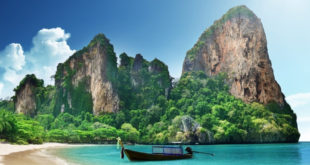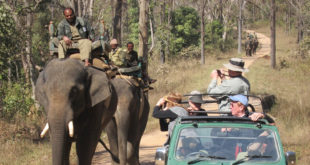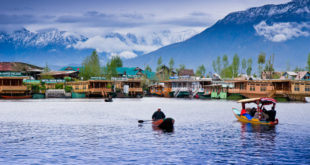Living Root Bridges of Meghalaya
Overview
Living root bridges are ancient handmade bridges made from the roots of banyan trees. This is a type of tree shaping which was done by War Khasi and War Jaintia people belonging to the southern area of the Plateau of Shillong. These bridges have been quite helpful for crossing the rivers and streams in Meghalaya.
- The beautiful Valley of Flowers National Park in Uttarakhand
- Dudhsagar Falls : The 4th Highest & Most Beautiful Waterfall in India

These bridges are made by naturally growing the roots of the banyan trees and it takes about 15 years for the bridge to be completely ready. It might be surprising for you to know that the life span of these bridges is about 500-600 years and they strengthen as then grow old.
Location
Living Root Bridges are more commonly found in the the East Khasi and West Jaintia Hills District in the State of Meghalaya. These bridges are most commonly found in East Khasi Hills district in and around Cherrapunji (One of the wettest place on earth). In the East Khasi Hills the living root bridges can be found in the villages of Tynrong, Mynteng, Nongriat, Nongthymmai, and around Laitkynsew. You can also find these tremendous bridges in the district of West Jaintia in the Villages like Shnongpdeng, Nongbareh, Khonglah, Padu, and Kudeng Rim.
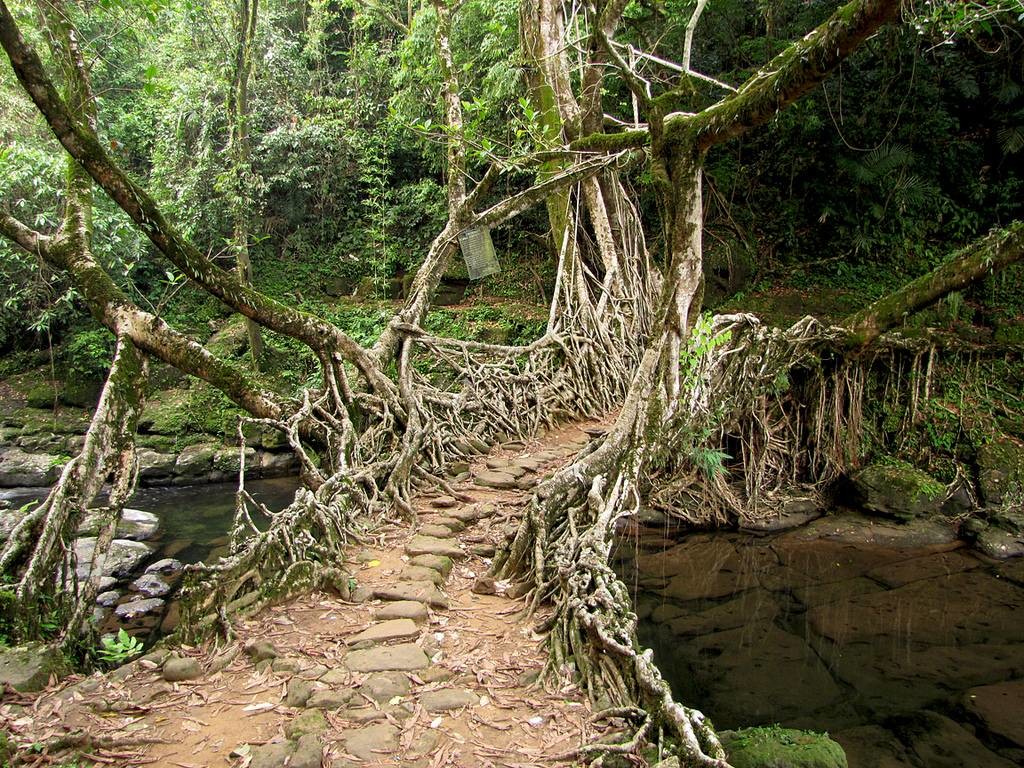
These bridges have been first documented first in 1844 in the Journal of the Asiatic Society of Bengal. The local people of Meghalaya still dont know how and when the Living Root bridges came into existence.
Types of Bridges
Most famous root bridges of Meghalaya are the “Double Decker” root bridge which can be found in the vicinity of the Cherrapunji . There are still 11 functional root bridges in this area, situated around two and a half hours drive from Shillong. The longest living root bridge is over 50 m in length and located near the small Khasi town of Pynursla.
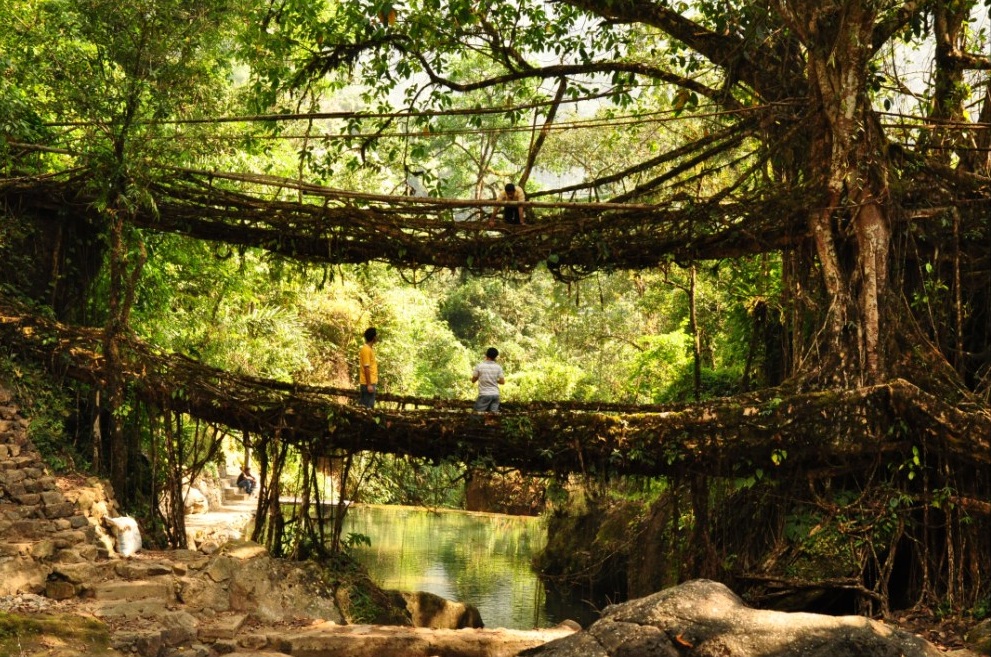
If you want to visit the most famous “Double Decker” root bridge, you can find it in the Nongriat Village. There best known examples of living root double decker bridges are those with two parallel or nearly parallel spans. Two are in the West Jaintia Hills near the villages of Padu and Nongbareh. You can find 2 of them in West Jaintia Hills and one in Burma Village.
Where to Stay
For the tourists visiting Cherrapunjee for the Living Root Bridges, a Tamil banker has set up a Resort. The Cherrapunjee Holiday Resort is a delightful, homely place to spend time in nature and guides are provided for trekking. However, don’t expect this place to have all the facilities of a typical resort.
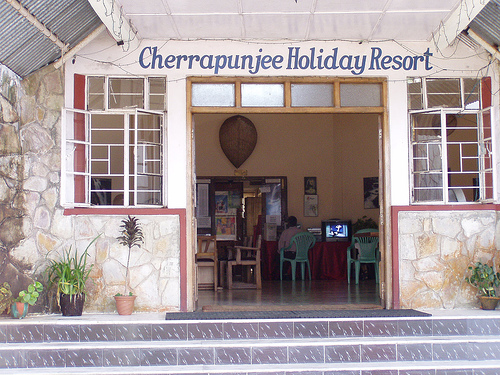
For the tourists visiting Nongriat village for the Root Bridges, you can get a couple of guesthouses that offer accommodations to tourists. If you have ample time and you don’t want a royal treatment, it’s worth staying a night or two as the surrounding scenery is spectacular.
Treks
You need to be quite fit to be able to visit these root bridges. The treks to the root bridges vary in duration and level of difficulty. Most visited bridge is a trek of about 3 kilometers long, having around 3,500 stairs, and descends 2,400 feet.
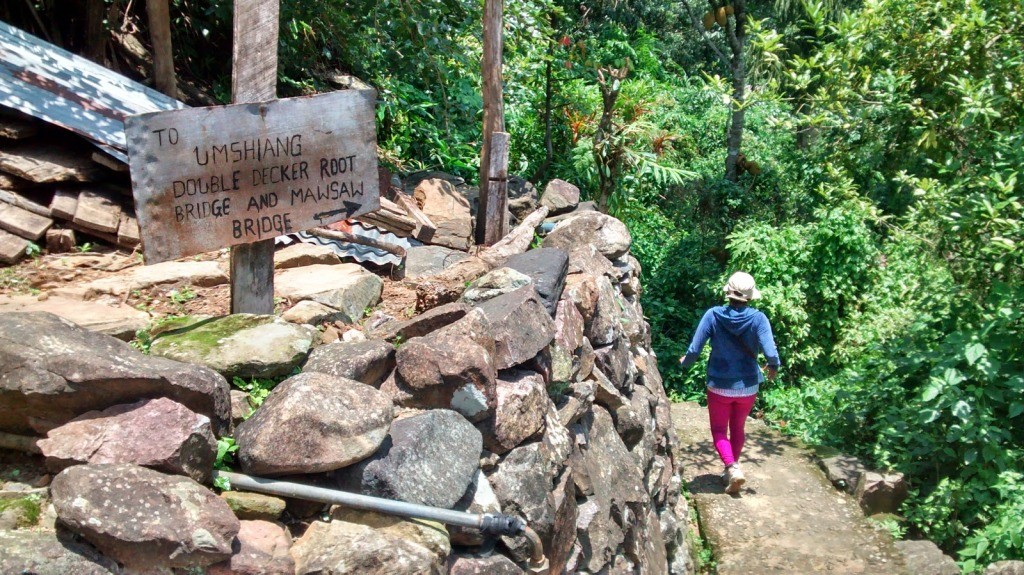
The most commonly visited and the well known Root Bridges are all near the Cherrapunjee Holiday Resort, which are Ummunoi Root Bridge, Umkar Root Bridge, Ritymmen Root Bridge, Umshiang Double Decker Root Bridge & Mawsaw Root Bridge.
You may also like to Read :
 Amazing India Blog Know India Better
Amazing India Blog Know India Better

